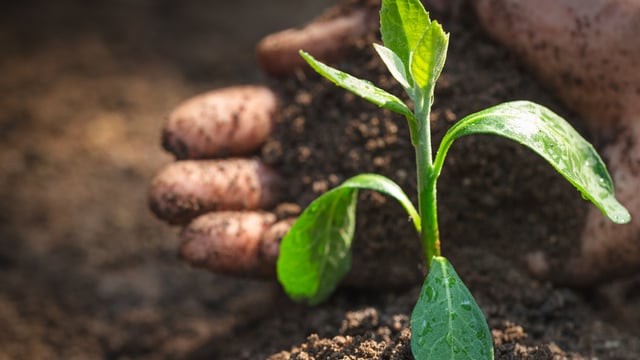Grass growth sees a slight improvement this week
Grass growth has seen a slight improvement this week which is certainly a positive, however, growth rates are still struggling to take off as a result of soil moisture deficits and cold temperatures.
Although last week saw slightly warmer conditions, it was not enough to encourage sufficient grass growth.
The slight improvement has seen farmers across the country in a better position in terms of grass supply, but issues like grass quality still prevail.
The improvement in grass growth and the availability of grass on dairy farms over the last seven days is still well below par for this time of the year.
Growth rates over the last seven days have seen a growth of 56kg DM/ha with a demand of 39kg DM/ha, meaning supply is not as tight this week.
PastureBase Ireland have reported that the typical diet of dairy cows last week was 14kg DM of grass with 4kg of meal and 1kg of silage.
The typical diet is still reliant on extra supplementation, such as meal and silage to make up the cow's dry matter (DM) intake requirements needed to maintain production.
Covers have improved over the last week with 16% of farmers having a cover of less than 150kg DM/LU compared to the 26% of farmers under those covers last week.
The average farm cover across PastureBase Ireland was 668kg DM/ha with the cover/LU being 196kg DM/ha, which is definitely a positive improvement on last week.
The pre-grazing yields last week were 1,440kg DM/ha, which is an optimal pre-grazing yield target.
The slight improvement in farm covers and pre-grazing yields can be put down to good grazing management, rather than the growth rates on dairy farms, as farmers are becoming used to poor growth rates.
Growth rates for the next seven days looks promising, with a predicted growth rate of above 60kg DM/ha in most parts of the country.
The mid-season targets remain the same this week and are as follows:
- An average farm cover of over 600kg DM/ha which equates to 150kg DM/LU;
- A rotation length of 21-25 days;
- A pre-grazing yield of over 1,200kg DM/ha.
Grass quality remains a serious issue on many farms across the country, according to Teagasc advisor, Fergal Maguire, who told the Agrifocus podcast:
"The grass plant is hitting the reproductive stage a bit early, and beginning to shoot out at covers of 1100 to 1200 (kg DM/ha), which is resulting in a stemmy, poor quality grass. "
Paddocks still require corrective action during this rotation in order to provide quality pasture for the remainder of the grazing season.
"With the drop of rain we've had, I wouldn't be as afraid to go out with the topper at paddocks that are a bit hairy looking, without going too mad, maybe topping 30% of the farm this rotation," Maguire added.
If there is not a surplus of grass on the farm, topping the paddocks is the best option as you should only take out surplus bales if there is an abundance of grass.





